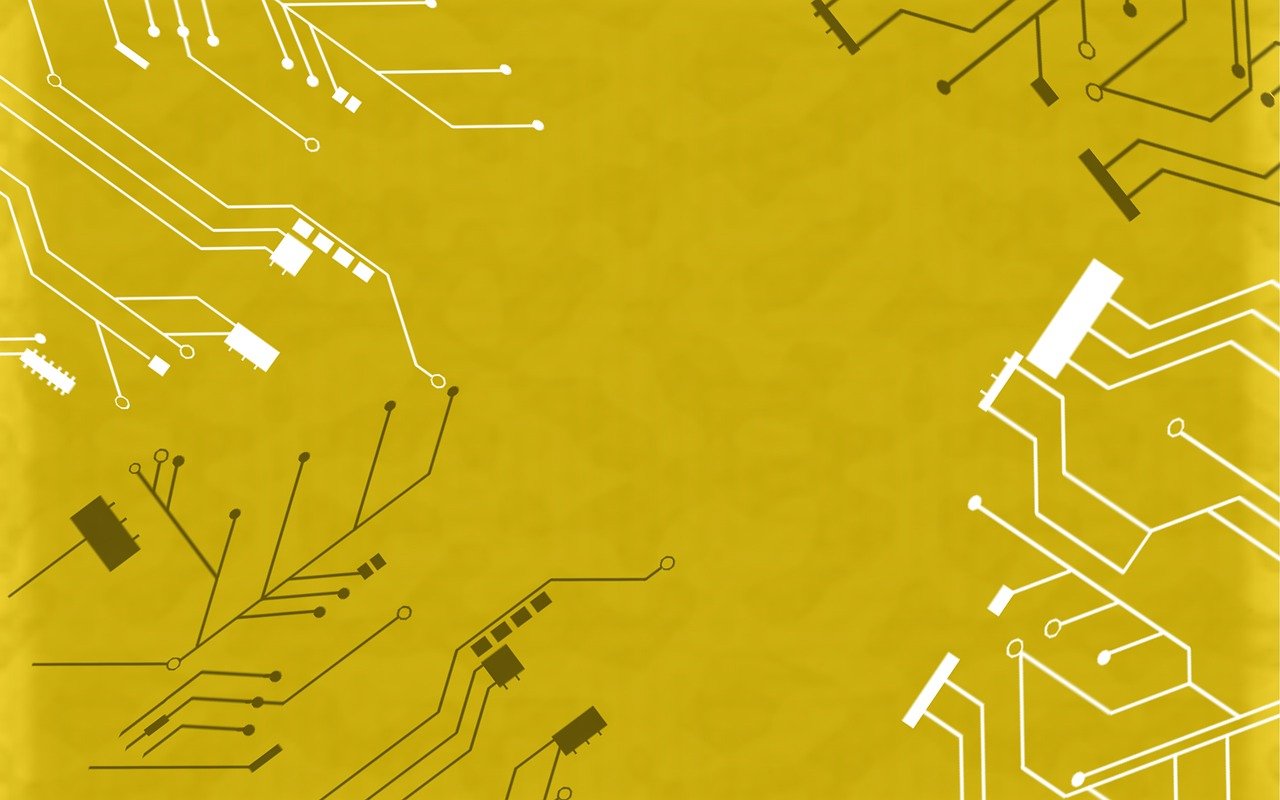Back to articles
Low Power Design for Industrial IoT

Designing IoT systems for harsh commercial environments places unique demands on developers to reduce power consumption. Let's take a closer look at what's involved.
While IoT systems for consumer and industrial applications may seem similar on the surface, developers must deal with significant differences in power, connectivity and robustness requirements.
Generally speaking, industrial applications demand a large number of small-sized, battery-operated sensors that may be located in hard-to-reach places because of height or harsh operating conditions. The likely need to interact with legacy systems complicates matters further.
Battery-powered Industrial IoT solutions
Designing devices that run on batteries can be challenging. The end customer will generally require a commitment on the expected battery life of the solution in order to plan ahead for implementation and follow-up maintenance.
Apply this to the scale of typical industrial systems, and the challenge becomes even bigger. The high level of required robustness means it is crucial to take into account unpredictable events, such as the possible number of over-the-air firmware upgrades that may be required during the system’s lifetime.
> Read more: Improve Battery Life in Ultra Low Power Wireless Applications
Batteries are generally required if at least one of the following conditions applies:
- Mobility is required
- A fixed power supply is not available
- A power backup is required, for redundancy purposes
- The solution needs to have intrinsic flexibility
Such intrinsic flexibility may include the requirement for Bluetooth Low Energy or other wireless connectivity to help reduce the number of ports required.
Exposed ports in some harsh environments could become single points of failure, or simply make the installation too complicated. In some cases batteries may be preferable even when external power is available, for example nearby a water source, or where cables would pose a health and safety risk.
Simple concepts for low power design
A robust low power design should be made a priority during the design phase by following a key concept: Use the minimum amount of hardware resources as possible to process data.
Practically speaking, this means running with the processor off whenever possible and only ‘waking up’ when needed. To do this, the device should transmit and receive information only when necessary, limiting connection time.
Even if simple in theory, the complexity of low power design is all in the details. In many cases, a trade-off between performance and power consumption can exist for both hardware and software.
Depending on the wireless technology chosen, the designer needs to tune many parameters to optimize performances and power consumption, which can be challenging.
To get a flavour of the degrees of freedom available during the design of a low power wireless system, more technically-minded readers can find an interesting description here, where Bluetooth Low Energy is used as an example.
Edge computing & firmware upgrades
Even when general design principles of efficiency are followed, sometimes it is not enough. There are things that are difficult to estimate during design and need to be fixed later.
A good example is an NB-IoT smart park sensor that needs to wake up when a car arrives or leaves, and it needs to send the new state to the cloud.
The information that needs to be transmitted in order to minimize power consumption is simply the change of state (from free to occupied, or vice versa). There is no need to send all sensor data, meaning that local processing (edge) will save power.
However, what happens when the local algorithm doesn’t cover all scenarios? Unpredictable behaviours (that would consume unpredictable amount of energy from the batteries) must be taken into account. In other words, expect the unexpected!
The way to solve it is simple. When a strange behaviour is revealed by the sensor, the system can upload the complete set of data to the cloud to allow further analysis.
The system owner can analyse this data, understand what is happening, and update the algorithm (via a firmware update) so the system takes appropriate action next time.
Choosing the right battery
While low power design is extremely important, end customers are generally more interested in the lifetime and total cost of ownership of the system. Choosing the right size and technology of battery is an important step in this process.
To decide on the most appropriate battery size, the designer needs to know the average power consumption of the system and expected lifetime. Based on these two parameters, the amount of energy required (and in turn the size of the battery) can be estimated.
The more power-optimised the system is, the lower the average power consumption. Given a fixed lifetime expectation, this will result in a smaller and lower-cost battery.
> Read more: The Importance of Average Power Consumption to Battery Life
For the technology, the choice is much more complex. For each application there are battery technologies that best fit the purpose. As an example, for smart water and gas meters the most used battery technologies are Li-SOCl2 and LiMnO2.
Beyond the battery
For industrial applications, the battery-free system is an intriguing trend to watch. The goal is to replace batteries with systems that harvest energy from sources such as light, heat, and even vibrations.
Nordic Semiconductor showcased this concept already with our reference design “solar powered sensor beacon”, which is powered only by a solar panel. There are also industrial products already available such as the Dolphin BLE Pushbutton by EnOcean.
While energy harvesting will not be able to replace batteries in all applications, they will provide a method of increasing battery lifetime in many cases.
Low power design doesn’t have to be complicated. By following these simple concepts during the design phase and allowing for firmware upgrades, you can design a device that will use as little power as possible while meeting the tough demands of an industrial application.



